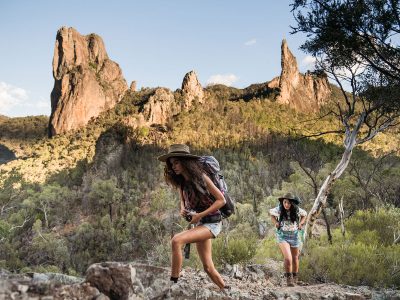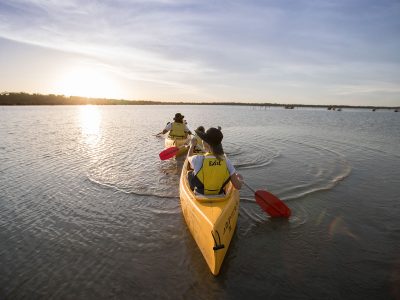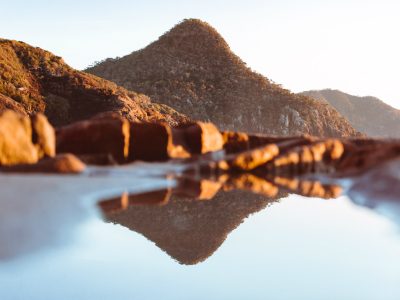Must see
-

Road Trips
Must do itineraries for day trips and multi-day adventures
-

Camping & Cottages
Sleep under the stars or unwind in a rustic cabin or historic cottage
-

Hiking & Bushwalks
From leisurely strolls to blood pumping hikes, there’s a nature trail just for you.
-

Activities
Canoeing, kayaking, canyoning or a spot of picnicking, anyone?
-

Nature & Wellness
Nature makes us feel great. Learn about plants and animals and how you can help us protect them
-

Ranger Tips
Essential know-how to get the best out of your visit
Rainforest. Beach. Mountains. Desert. Pick the epic setting for your next escape.
-

Sydney and Surrounds
The best natural beauty spots in and around the city.
-

South Coast
Wilderness, waterfalls and wildlife encounters.
-

Snowy Mountains
Alpine adventures at the top of Australia.
-

North Coast
Best of both: beach, rainforest and beyond.
-

Country NSW
Epic landscapes and haunting history in the heart of NSW.
-

Outback NSW
Get a taste of the outback without leaving NSW.
-

Murray-Riverina
From ancient Mungo landscapes to the mighty Murray River.
Stories from conservation champions and nature lovers.
-

Find your nature crew
There’s so much more you can do in nature, you just need to find your people
-

A day in the life of a real superhero: Dr Linda Broome, a threatened species expert
A glimpse into a NSW Saving our Species project helping to save the mountain pgymy possum
-

Get active and make some friends: Volunteer in #NSWParks
Giving back isn’t just seriously fun, it’s seriously good for you








